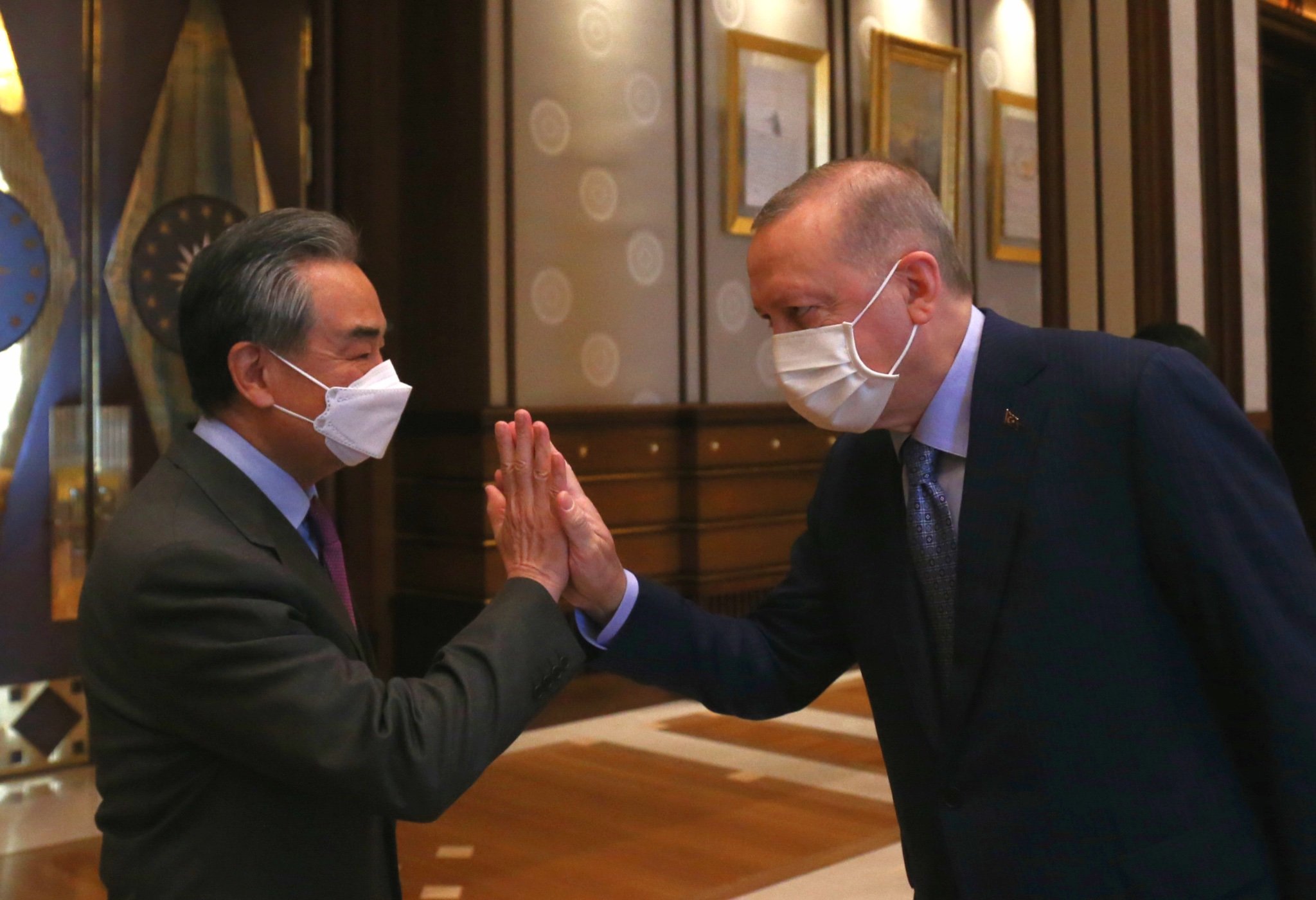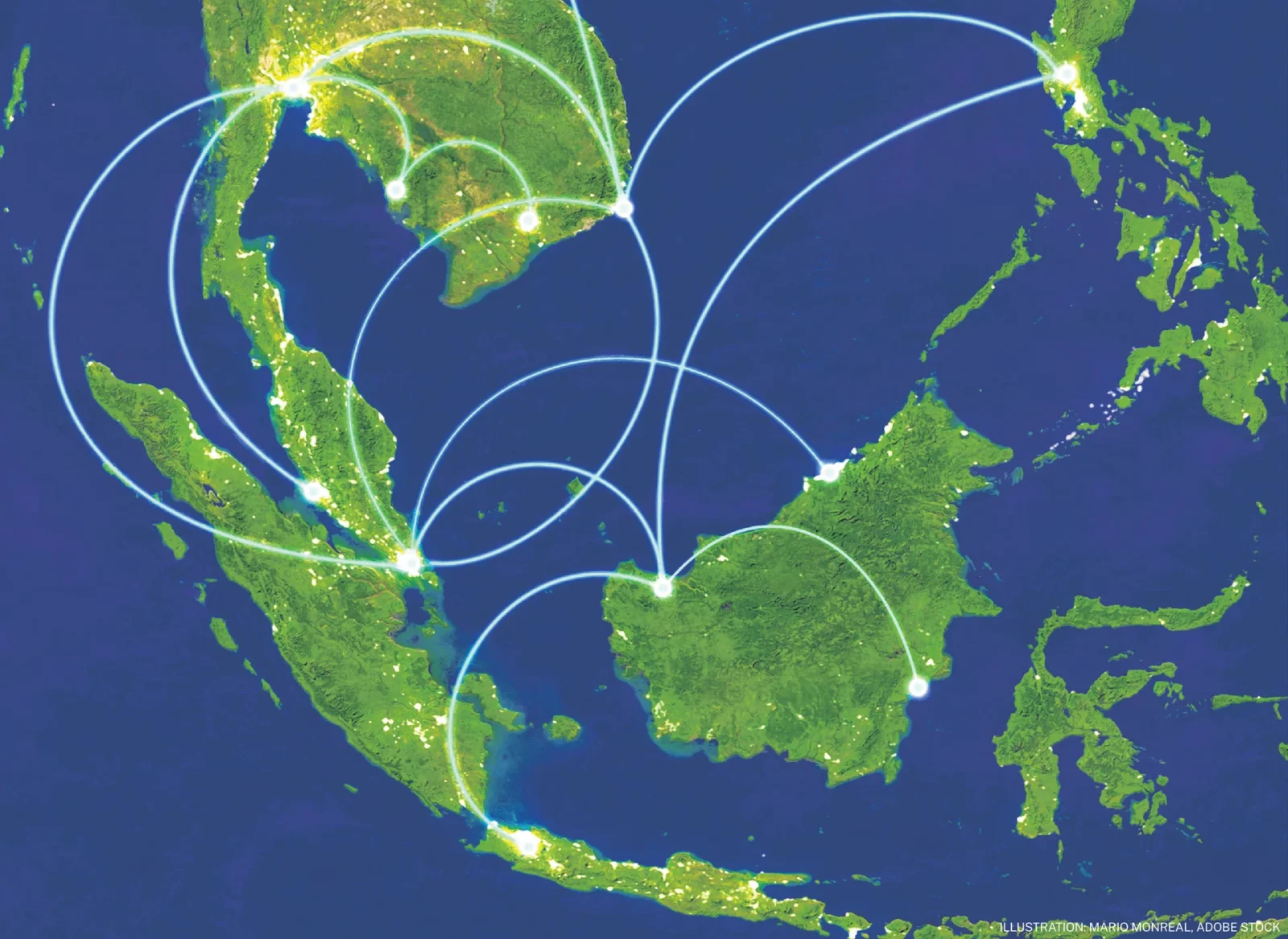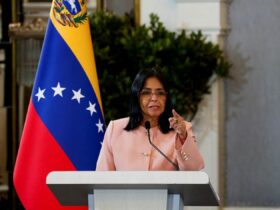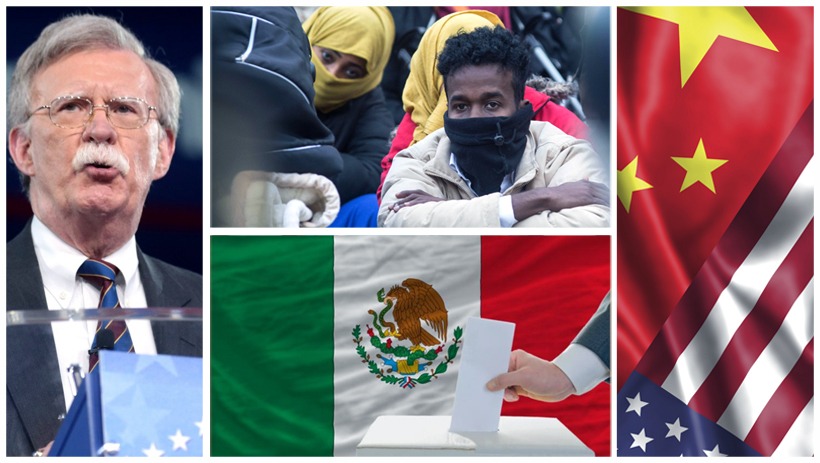The wires are laid. The technology is tested. Now, all it takes is the political will to connect the dots.
The wires are laid. The technology is tested. Now, all it takes is the political will to connect the dots.
By Mehmet Enes Beşer
As Southeast Asia races to keep pace with surging energy demand amidst a global decarbonization wave, one question looms over the region: how can the region deliver clean, cheap, and secure electricity at scale over a patchwork landscape marked by extremes? The answer, the object of protracted debate and yet to be attained, is in a vision as glorious as it is tardy—the ASEAN Power Grid (APG). Visualized over twenty years ago as a prestige venture to link up the region’s power grids, the APG can be even more than a string of power lines across frontiers. It can be the infrastructure spine of a shared clean energy future—if political, regulatory, and technical obstacles are finally put behind us with the seriousness they deserve.
The argument for a connected power grid is compelling. ASEAN has renewable energy resources—but they’re not evenly dispersed. Laos’ hydropower excess, Cambodia and Indonesia’s solar wealth, and the Philippines’ geothermal riches remain untapped, hostage to domestic grid limitations and the uncoordinated absence of demand. Meanwhile, Singapore, Thailand, and Vietnam’s energy-intensive economies endure mounting electricity shortages, grid stress, and the limitations of metropolitan renewable integration. A meshed grid would allow countries to exchange power across borders, optimize generation, balance loads, and limit the requirement for costly and carbon-producing capacity additions.
It is not a technical vision—more of a strategic necessity. Regional demand for electricity will double to 2040, driven by urbanization, industrialization, and electrification of transport and manufacturing. Lacking cross-border coordination, all ASEAN countries risk building duplicated capacity, fossil fuel lock-in infrastructure, or grid instability from unbalanced, rapid renewable integration. A well-planned power grid would be able to smoothen these transitions, making possible load balancing over greater distances and time zones, and allowing clean energy to flow from where it is produced to where it is needed the most.
But decades of preparation and scores of feasibility studies later, the APG remains a dream that cannot take shape. There are some pilot interconnections to be found—the Lao PDR–Thailand–Malaysia–Singapore Power Integration Project (LTMS-PIP) is a fine start—but it is small-scale, and progress slow. The technical obstacles are not the ones in the way. Transmission lines, HVDC links, and computerized grid management systems are all within sight. Institutional fragmentation, regulatory misalignment, and lack of political imperative are what stand in the way.
Each ASEAN member state possesses its own investment approval process, pricing regimes, and energy regulator. The majority have vertically integrated state utilities with minimal cross-border coordination incentives. Electricity is viewed as a sovereign security asset rather than a commodity that can be traded by the majority of governments, hence complicating the process of harmonizing market rules or exchanging system data. Moreover, transparency or consistency regarding the manner in which transmission projects are financed, governed, or prioritized is lacking. The result is a fractured energy landscape, with national planning dominant and regional interconnection the stepchild.
The splintering has real-world consequences. The slow integration of the grid limits the region’s ability to decarbonize affordably. Countries like Vietnam and Indonesia, with ramping-up solar and wind deployment, are facing curtailment and storage challenges. But without the potential to export surplus power to neighbors or to import power during peak demand, they must over-develop local capacity—typically coal or gas. The grid becomes a limitation, not a multiplier. A good APG would flip that arithmetic around entirely, making ASEAN a single clean energy market with a single diversified source equating to resilience and adaptability.
The economic case is equally strong. Studies show that a linked ASEAN grid can reduce the price of the energy system in the region by billions of dollars annually through avoided investment, increased efficiency, and shared reserve margins. It will also reduce price volatility and improve grid reliability—concerns increasingly important with foreign investors considering the stability and sustainability of regional production bases. For Cambodia or Laos, access to grids might open up energy exports as a new source of income; for Singapore and Malaysia, it might offer diversification from gas imports.
What is required now is a step change in political will and regional governance. ASEAN needs to shift from soft coordination to hard integration—establishing a binding framework for power trading, grid investment, and data transparency. The ASEAN Centre for Energy must be endowed with a stronger mandate, adequate resources, and technical authority to drive regional cross-border grid development. A regional power market design, in conjunction with decarbonization goals, must be envisioned along with physical infrastructure development. And financing tools—ranging from green bonds to blended finance vehicles—must be utilized to derisk and accelerate project timelines.
In the same way, there is the need to incorporate environmental and social safeguards into the APG’s planning. Building cross-border infrastructure at scale will impact on ecosystems and societies. Transmission corridors will bisect forests, rivers, and Indigenous lands. Left to chance, the grid could continue the extractive logic of past infrastructure developments. But with responsible management, it could become an example of regional cooperation built on ecological and social responsibility.
The APG is not a project of engineering, but politics. It urges ASEAN leaders to transcend national energy sovereignty and to take up a regional vision of shared prosperity and climate guardianship. This vision is not risk-free, but the cost of inaction is much higher: fragmented grids, fossil fuel lock-in, and lost opportunities for economic modernization.
The wires are laid. The technology is tested. Now, all it takes is the political will to connect the dots—beyond borders, beyond sectors, and beyond a region that stands to gain much from moving as one. Southeast Asia’s future of clean energy will not materialize by itself. It must be built, transmission line—and gesture of regional unity—at a time.
















Leave a Reply